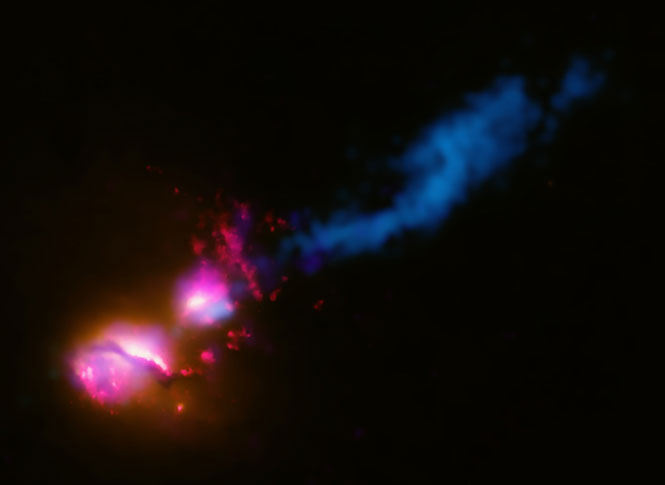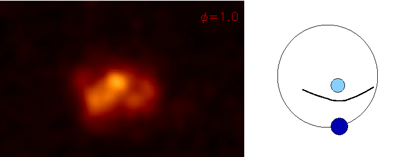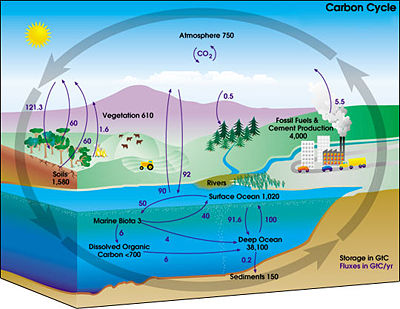Know Science And Want To Write?
Donate or Buy SWAG
Please donate so science experts can write
for the public.
At Science 2.0, scientists are the journalists,
with no political bias or editorial control. We
can't do it alone so please make a difference.
We are a nonprofit science journalism
group operating under Section 501(c)(3)
of the Internal Revenue Code that's
educated over 300 million people.
You can help with a tax-deductible
donation today and 100 percent of your
gift will go toward our programs,
no salaries or offices.
- Isoprene: Plants Can Make Their Own Pesticide But The Environmental Cost Is High
- The Thirty Meter Telescope May Be Cancelled Not by Ordinary People's Protest, but by Wealthy People's Whim
- Yelling Fascism Is The Fashion, But The Left Is Actually Less Diverse
- Marshall McLuhan Hated TV But He Might Like AI
- Meta-Analysis: Flower Strips With Two Or More Species May Reduce Pesticides
-
 Zack Y.
Zack Y. Isn't this a dangerous inversion of how science is supposed to be done? What's to prevent this same scenario playing out for ANY potential discovery coming from a precision measurement...
-
 bizdean
bizdean Thank you for this, IrishNeanderthal. Actually I believe what’s going on in America is under-hyped. The mainstream press is far too easy on Mr. Trump, who is convicted of multiple felonies and...
-
 shokatali
shokatali Interesting take on political diversity and how narratives shape perception. It’s always refreshing to explore different viewpoints. After diving into heavy topics like this, I like to decompress...
Yelling Fascism Is The Fashion, But The Left Is Actually Less Diverse · 3 days ago
-
 Max Sargeson
Max Sargeson Sorry, I don't know if you're going to ban me but this article is full of confusing misexplanations:
All those ridiculous antibacterial soaps bought by wealthy people clearly...
With New Acceptance Of Vaccines, The Left Needs To Rethink Pesticides Next · 4 days ago
-
 IrishNeanderthal
IrishNeanderthal I don’t know how accurate this description is. If I had the time, I could maybe subscribe to Ground News for checking on the reportage. However, if you think the situation in the USA is...
Online?









